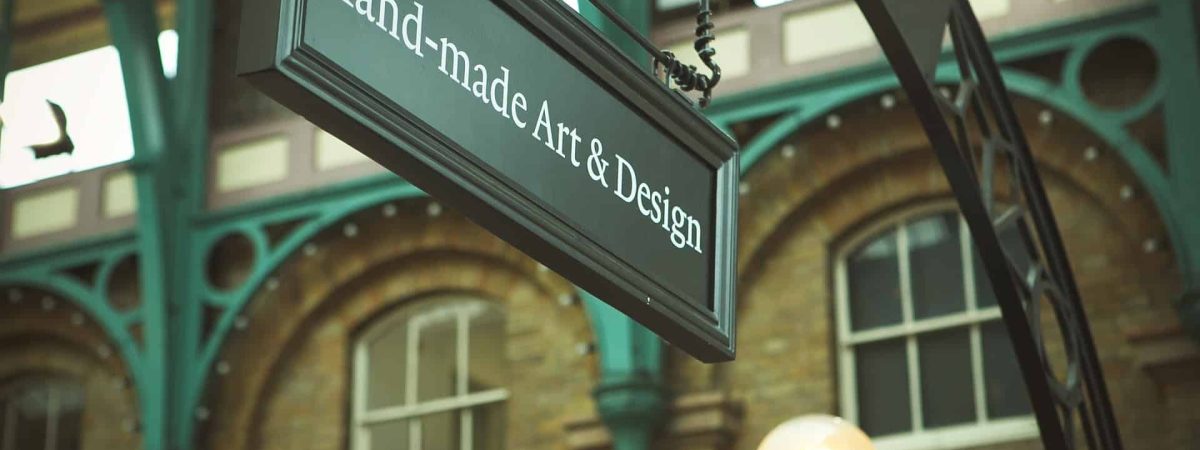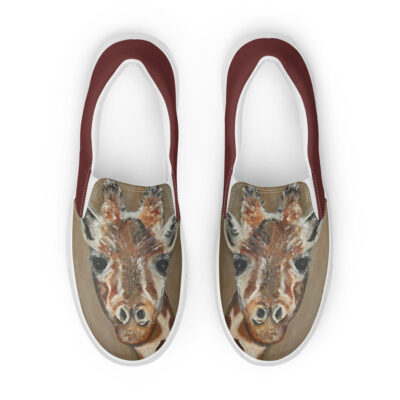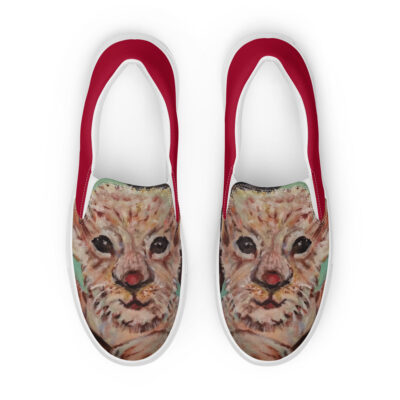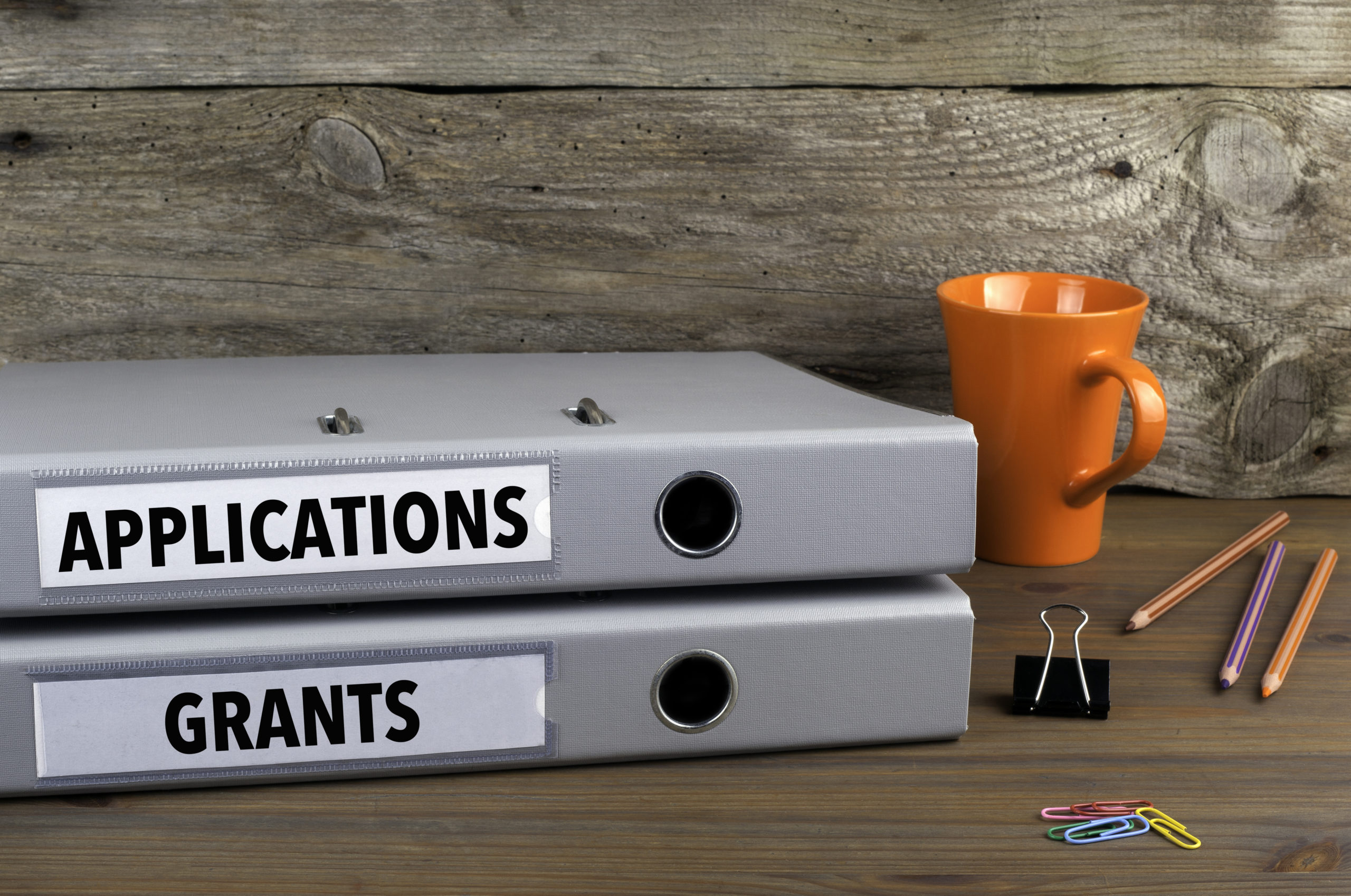Pricing your original art is never an easy task to take on. Artists constantly battle with setting their work at lower prices, only to feel regret when money is left on the table. On the other hand, setting prices too high could lead to unsold work piling up in your home and a blow to your self-esteem.
To help you out, we’ve put together a few do’s and don’ts to help you find the right pricing that works for you and your clients.
Do Research On Your Competition
One of the first things you should do before you begin to price your art is to look at your competition. Don’t just check out other artists in your area; look at what online artists are doing as well.
Pay special attention to artists producing artwork in similar mediums, styles, and sizes. While it’s rare for artists to give price breakdown, try and determine where their pricing comes from. They may have certain accomplishments, special skills, or experience that they use to justify their pricing.
If it’s possible, visit galleries and studios to see what the prices are. If possible, ask why they settled on a certain price point. Completing this research before pricing your art will help you get a clearer idea of appropriate pricing for your artwork.
Don’t Sell Yourself Short
This is easier said than done, but try your hardest to avoid underselling your work. Only you know exactly how much time and effort has gone into your artwork.
Think about the materials that you used to produce your artwork, and determine what a logical hourly wage would be. If you need help in this area, the U.S Dept. of Labor states that the average hourly wage for artists is $30.30.
You can use this number as a base to help you reach a reasonable price for your art. The last thing you want is to feel resentment against clients for pricing yourself too low. You never want to finish a commission or piece feeling that you got the short end of the stick.
Avoid changing your prices based on the situation. You may feel guilty about a client traveling to see you, or quoting an acquaintance your standing pricing. Remember that people are willing to pay for your service.
Don’t talk your clients out of a sale before they’ve had a chance to accept your pricing. They may surprise you with how much they are willing to spend. Wait to see how they respond to your initial quote, then negotiate from that point forward.
Do Keep The Same Price Across Platforms
Whether you display your artwork online or in person, be sure to keep the same price no matter the location. While it may be tempting to sell your artwork at varying prices to appeal to different price points, this tactic could come back to bite you.
For example, if you display your artwork in a gallery, but sell your pieces for lower prices out of your studio, this could result in your work being dropped. Galleries put a lot of time into showing and selling the artwork they have, and they won’t be happy once they find out what you’ve been up to.
On the other hand, you might have an online store and choose to sell your art on a third-party website. Your clients may feel deceived by the different prices and may choose to forgo purchasing at all.
Don’t Get Too Emotional
It’s easy to get attached to the pieces of art you create. They may have a special significance in your life or remind you of that special someone. However, it’s important to leave your emotions out of your business transactions.
It’s great to be proud of your work, but it’s not so great to let your emotions price your artwork. You can explain pricing based on the materials or size, but it’s hard to explain the zeroes behind an artwork because you cried through the process.
If you find that you have a few pieces that are particularly near and dear to your heart, consider removing them from your published work.
Do Stand Your Ground
When quoting a price for your artwork, have confidence in yourself, and stand your ground. Clearly state your prices without listening to those pesky inner voices telling you to lower it.
When you’ve taken the time to properly price your work, don’t let anyone tell you that you’re worth anything less. If you do have clients who challenge your prices or ask you to lower it, don’t panic. This happens to even the most experienced artists.
Instead of backing down, reiterate your price. Kindly, but firmly, let them know that your prices won’t be changing. Even if they choose to go with another artist, you can be at peace knowing that you didn’t sell yourself short.
Don’t Feel Trapped In Your Pricing
One thing that every artist needs to remember is that you shouldn’t feel trapped in your pricing. While your entry-level prices may have been sufficient for a time, you may want to begin earning more. So when is a good time to increase your prices?
You may jump to increase your prices after one or two rather lucrative weeks, but don’t get too carried away yet. Once you’ve seen a few months of consistent sales, you know that your art is in high demand.
Being recognized by magazines or websites may send new work your way, and this would be the perfect time to increase your prices.
It’s important to note that although you can always raise your prices, it would be a shame to have to lower them. Aim to increase your prices in reasonable increments.
We can all agree that it’s never fun to try and put a monetary value on something so close to your heart. Even so, properly pricing your artwork is an important skill to have. Not only does it solidify you as a real artist, but you’ll start receiving the money you deserve.










